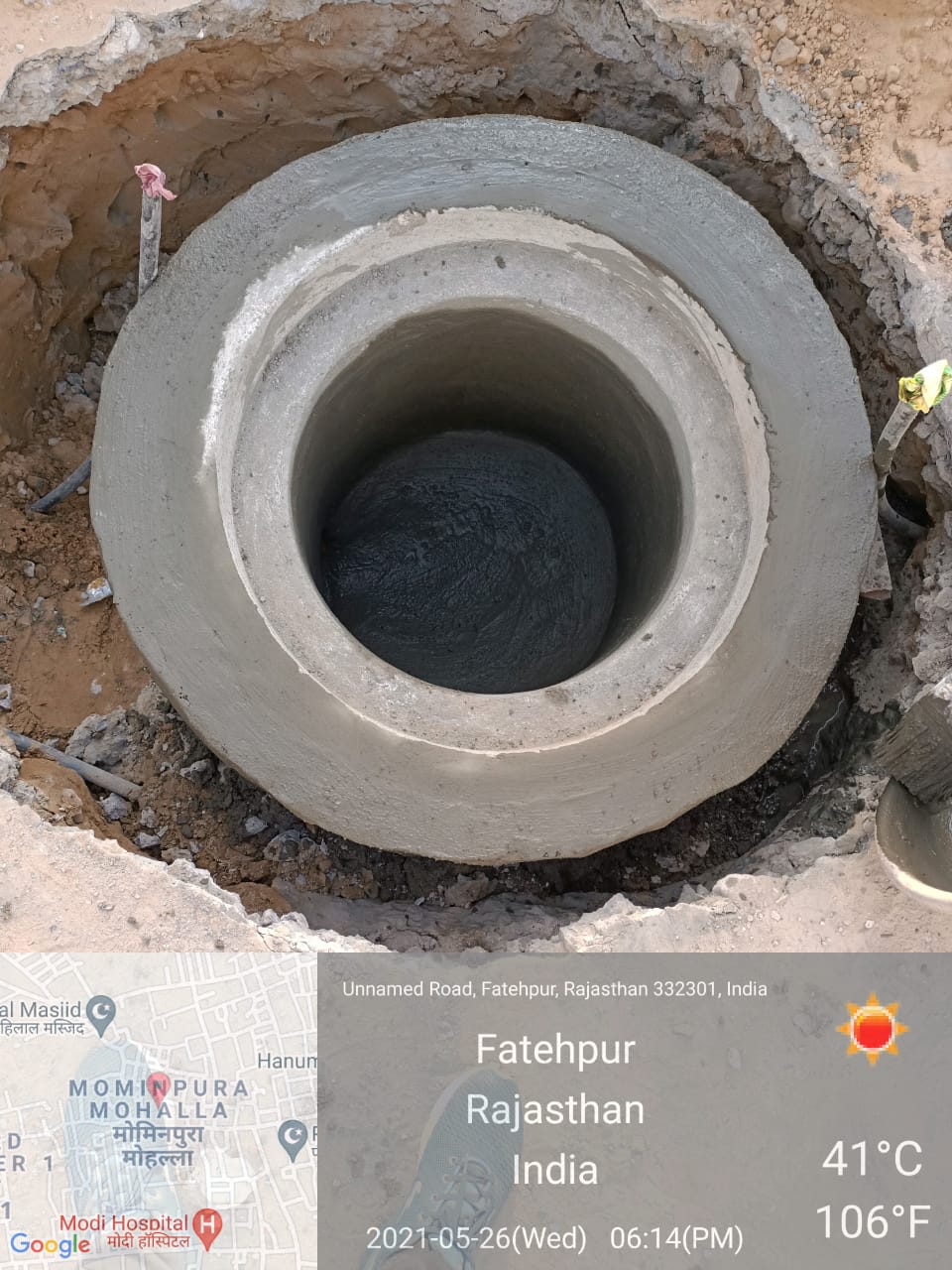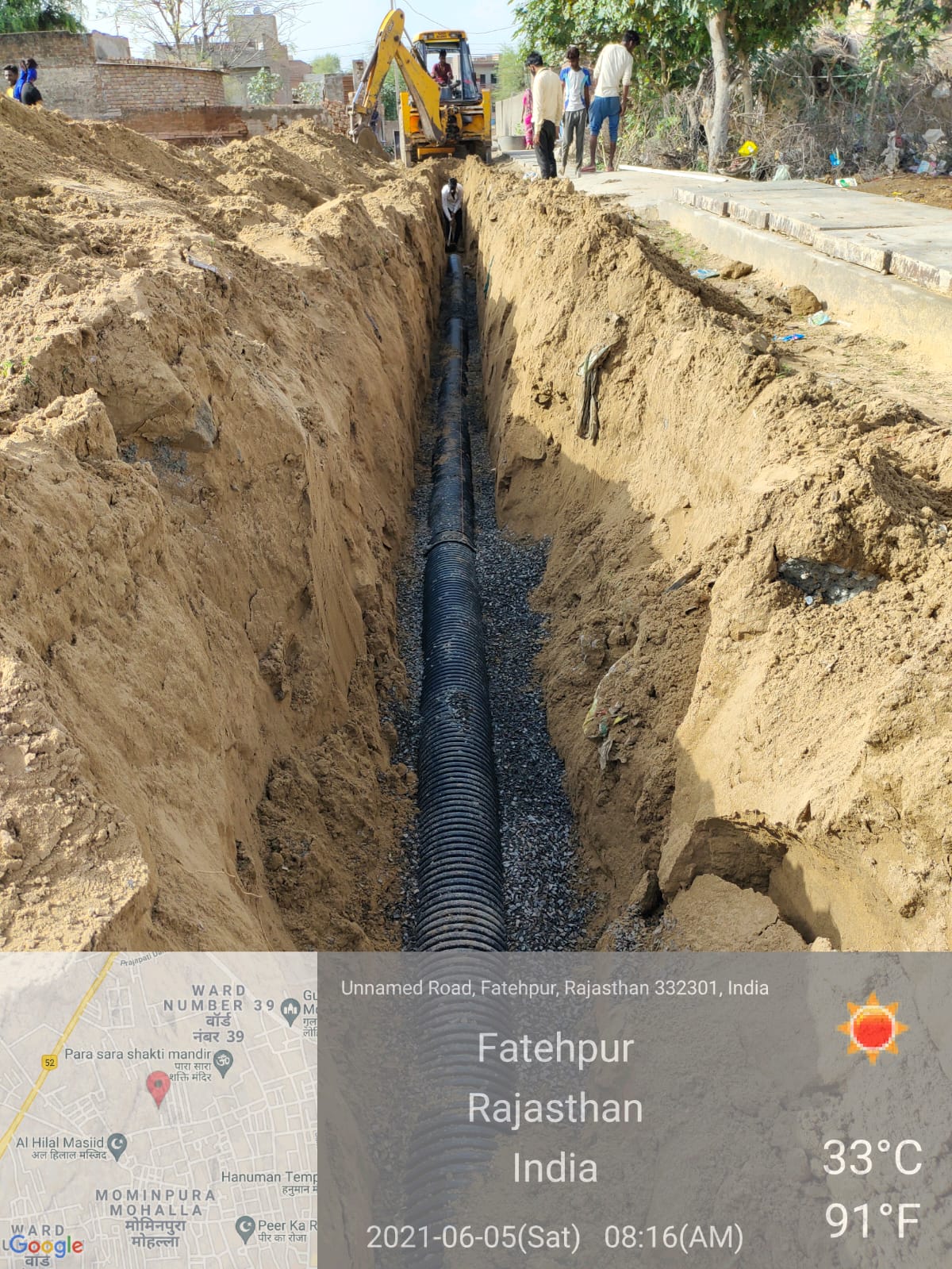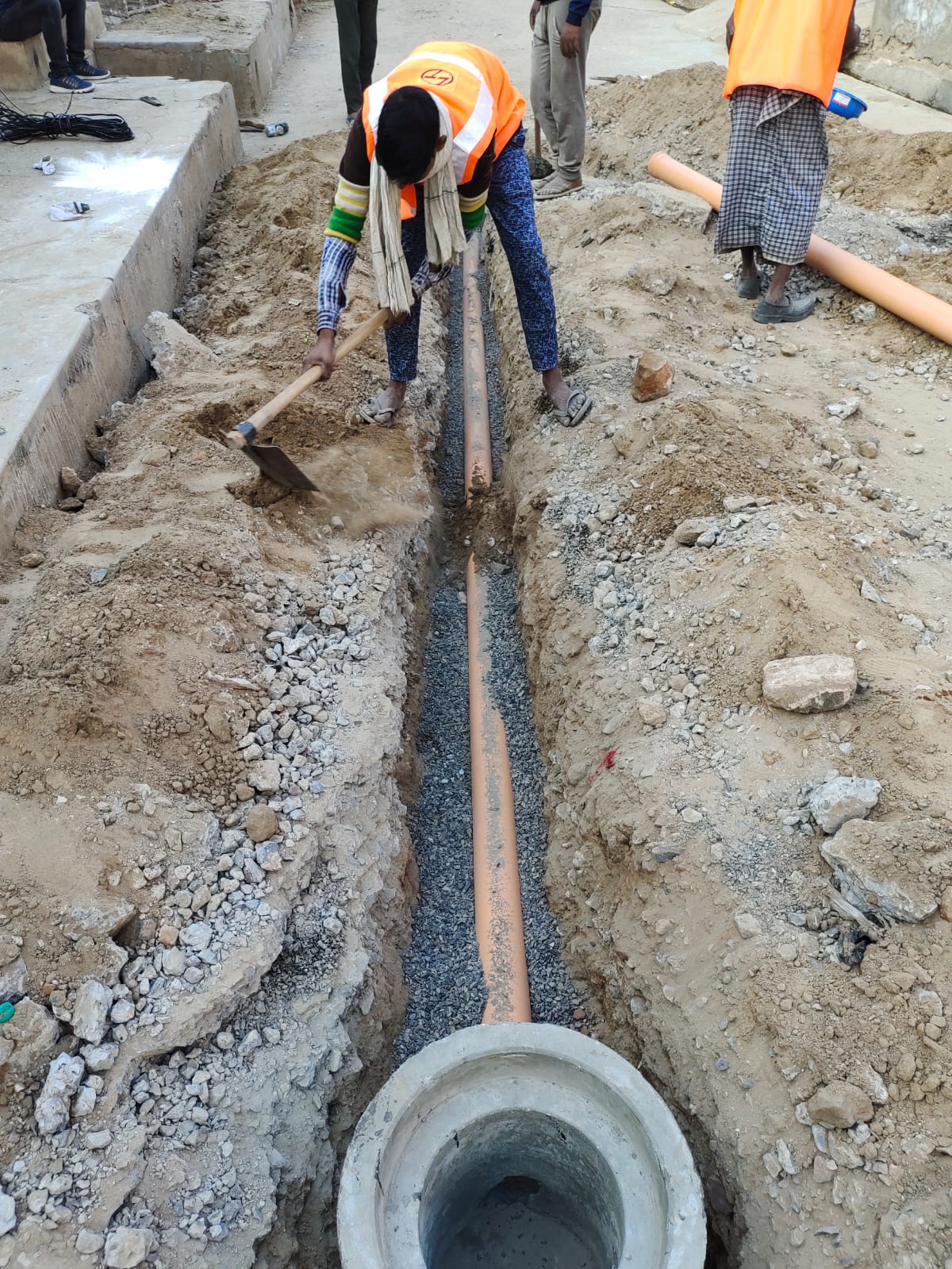Construction general
For the vast majority of cases yes - on almost all construction sites the risks of head injury are
such that the law requires head protection to be worn.
Construction work should be organised to minimise this risk, for example: preventing objects falling by using scaffolds with toe boards and, if necessary, brick guards. But if after organising work to minimise the risk of head injury, the risks still remain, you should:
Construction work should be organised to minimise this risk, for example: preventing objects falling by using scaffolds with toe boards and, if necessary, brick guards. But if after organising work to minimise the risk of head injury, the risks still remain, you should:
1. Occupational first aid attendants with the training appropriate for the type of workplace, number
of
workers, and time to a hospital.
2. Proper facilities, such as first aid rooms or dressing stations.
3. First aid kits with appropriate types and quantities of supplies.
2. Proper facilities, such as first aid rooms or dressing stations.
3. First aid kits with appropriate types and quantities of supplies.
An appointed person is someone your employer appoints to:
1. Take charge when someone falls ill or is injured at work, including calling an ambulance if needed;
2. Look after the first aid box and other first aid equipment, including restocking the box; and
3. keep records of treatment given.
1. Take charge when someone falls ill or is injured at work, including calling an ambulance if needed;
2. Look after the first aid box and other first aid equipment, including restocking the box; and
3. keep records of treatment given.
Safety
All workers must hold a current white card before they commence work on-site. Site-specific
induction training should also be completed by each worker, to point out any high risk areas and
provide instructions for emergency management.
Due to the nature of construction work, it's impossible to eliminate all safety risks. However, many
common safety issues can be avoided by conducting regular safety audits and having procedures in
place to report, assess and address potential risks.
Restricted site access should not only be put in place to simply protect equipment from damage or
theft. Security in and outside of work hours is integral to protect pedestrians from potential
construction hazards. This includes supervision or authorised site visitors.
Strict security and safety protocols will also protect contractors from liability and negligence in the case of a safety incident or security breach.
Strict security and safety protocols will also protect contractors from liability and negligence in the case of a safety incident or security breach.



